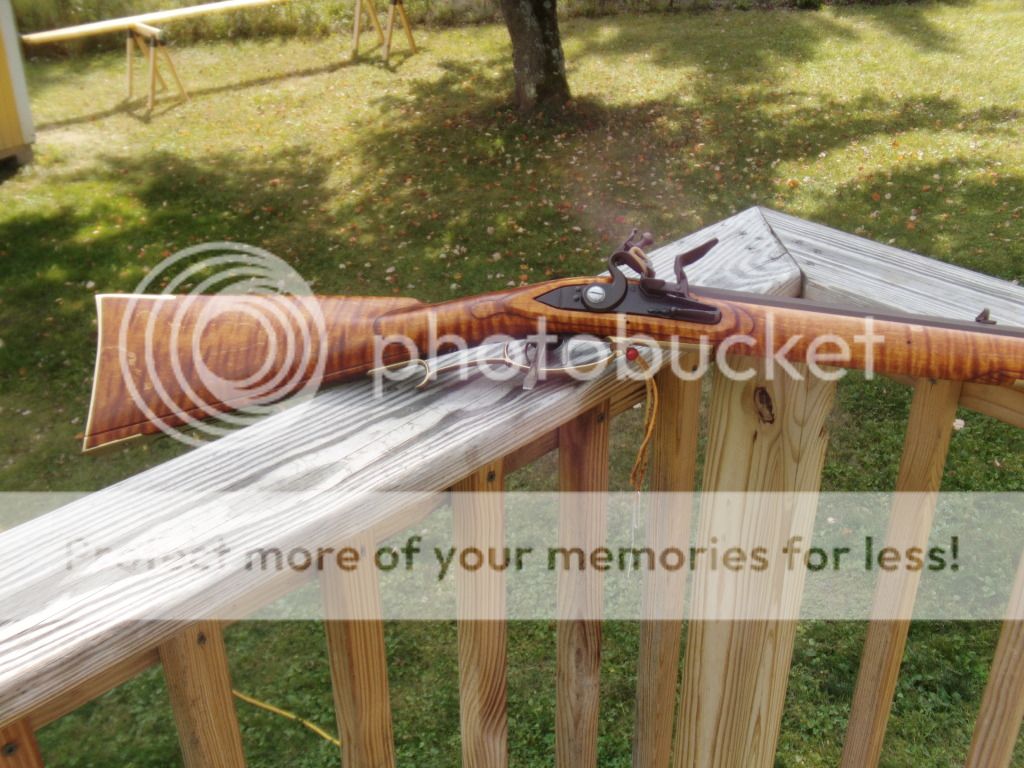kaintuck said:
The ONLY rifle I could ever say was perfect offhand mount to ME is the older savage lever action rifles......*sigh*
and browning sweet sixteen shotguns.....*sigh*
now I do like the offset on a lancaster style~but, who has the PERFECT rifle????
A number or people here seem to be mixing shotgun and rifle shooting. While its nice to have a rifle that comes up nice and the shooter is looking down the sights for most uses how the rifle holds on target in more important.
How does it fit sitting or prone? Both are positions I use when ever I can when hunting. In hunting I try to never shoot game without a rest of some sort, though its not always possible due to terrain or situation.
Another thing we should think about in the historical context is that most rifle matches were shot FROM A REST. Shooting off hand was thought to be "a poor test of a rifle". Heavy flintlock rest rifles were known both in Germany and America in the 18th c.
Shotguns are made just about opposite to how an accurate rifle is made. SGs are made with lightweight barrels and generally are light as is feasible for a gauge as to allow fast mounting and fast swinging with the target.
Rifles are made, those designed to shoot competitively are intentionally make heavy to make them steadier and off the rest to dampen recoil. Movement of the rifle under recoil is a major factor in accuracy since the more the rifle moves under recoil the more likely it is to "throw a shot". This is why many ML "chunk" and rest rifles are heavy. The barrel time is long and the mass of the rifle slows movement before the ball clears the muzzle. So comparing shotguns with rifles is often a mistake. One of the problems with modern hunting rifles is in their light weight which makes it very difficult to shoot them well offhand. They are too much like a shotgun. But overweight and out of shape hunters demand them. Using the idea that they carry it more than they shoot it. But if the hunter cannot adequately place the shot because the rifle is too light a wiggly then he just as well pack along a four foot 2x2 and leave the rifle at home. But few see it this way.
The primary purpose of the rifle is to PLACE THE SHOT ACCURATELY. If the hunter insists on using a 5-6 pound rifle that generates sharp recoil in big game calibers and is difficult to hold on target and due to a combination of, flinching due to recoil, inability to hold the rifle steady and often far too little practice, he misses or worse blows a leg off the game what is the point?
Again comparing rifles and shotguns is like comparing apples and pineapples. Its a DIFFERENT discipline with different requirements. But shotgun shooters often are incapable of or unwilling to seeing this and frankly, based on experiences with a certain gun club are often, at some level, hostile to rifle shooting.
Dan





